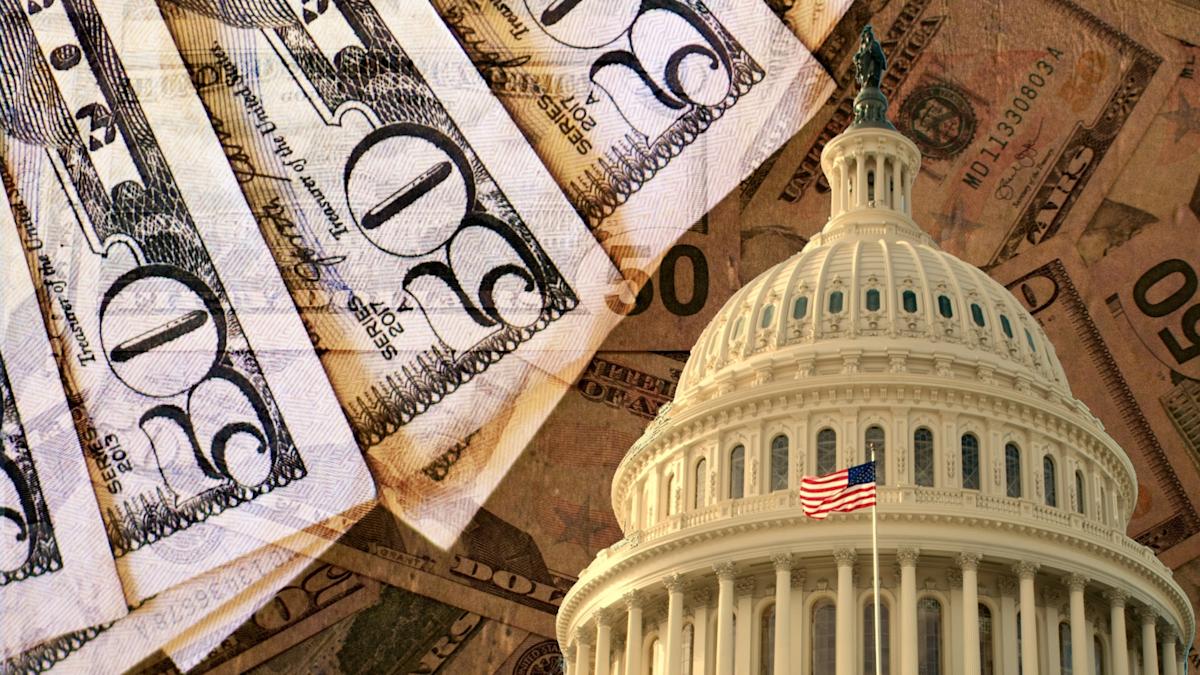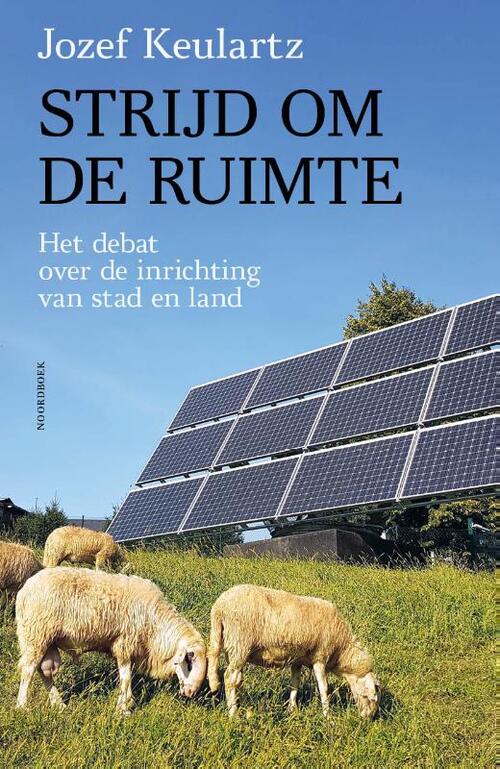Biden's Economic Policies: Successes, Failures, And Future Outlook

Table of Contents
Successes of Biden's Economic Policies
The American Rescue Plan and its Impact
The American Rescue Plan (ARP), a $1.9 trillion stimulus package passed in March 2021, was designed to mitigate the economic fallout from the COVID-19 pandemic. Its impact is still being debated, but several key provisions aimed to provide immediate relief and lay the groundwork for future economic growth.
- Increased unemployment benefits: Provided enhanced unemployment insurance payments to millions of Americans who lost their jobs due to the pandemic.
- Stimulus checks: Distributed direct payments to individuals and families to boost consumer spending and support economic activity.
- Funding for vaccine distribution: Accelerated the rollout of COVID-19 vaccines, facilitating a faster return to normalcy and economic recovery.
- Aid to state and local governments: Provided critical financial assistance to prevent budget cuts and maintain essential public services.
The ARP's impact on job growth is notable. While attributing specific job creation solely to the ARP is complex, the period following its passage saw a significant decline in unemployment, reaching pre-pandemic levels faster than many economists predicted. Further research is needed to fully isolate the ARP’s contribution, but its role in bolstering the initial recovery cannot be ignored.
Infrastructure Investment and Jobs Act
The Infrastructure Investment and Jobs Act (IIJA), a bipartisan bill passed in 2021, represents a significant investment in America's infrastructure. This plan allocates billions of dollars to modernize the nation's infrastructure, aiming for long-term economic benefits. Key provisions include:
- Investments in roads and bridges: Repairing and upgrading existing infrastructure to improve transportation efficiency and safety.
- Public transit improvements: Modernizing public transportation systems to enhance accessibility and reduce congestion.
- Broadband internet expansion: Expanding access to high-speed internet, particularly in underserved rural communities.
- Clean energy investments: Funding projects focused on renewable energy sources and improving the nation's energy grid.
Economists project that the IIJA will generate substantial economic growth and job creation over the next decade. The Congressional Budget Office estimates that the IIJA will boost GDP growth and create hundreds of thousands of jobs, although the precise figures are subject to ongoing analysis and vary across different economic models. These projections highlight the potential for long-term economic benefits from strategic infrastructure investments.
Inflation Reduction Act and its Economic Implications
The Inflation Reduction Act (IRA), passed in 2022, aimed to address inflation, lower energy costs, and expand access to affordable healthcare. While its actual impact on inflation is still unfolding and hotly debated, its provisions include:
- Tax credits for clean energy: Incentives aimed at accelerating the transition to renewable energy sources.
- Prescription drug price negotiation: Allowing Medicare to negotiate lower drug prices, potentially reducing healthcare costs.
- Expansion of the Affordable Care Act: Increasing access to affordable healthcare coverage.
The IRA's influence on inflation is complex. While some economists argue its provisions could contribute to easing inflationary pressures in the long run, others express concern about potential short-term inflationary effects due to increased government spending. The ultimate impact will depend on numerous factors, including global economic conditions and the success of its various initiatives.
Failures and Shortcomings of Biden's Economic Policies
Inflation Concerns
The surge in inflation during Biden's presidency is a significant concern. While global factors played a role, several domestic factors contributed to the rise in consumer prices:
- Supply chain disruptions: Bottlenecks in global supply chains led to shortages and higher prices for many goods.
- Increased demand: Stimulus payments and pent-up demand after the pandemic contributed to increased consumer spending, driving up prices.
- Rising energy costs: Global energy market fluctuations exacerbated inflationary pressures.
Inflation eroded purchasing power for many Americans, impacting household budgets and consumer confidence. The high inflation rates recorded in 2021 and 2022 significantly impacted Biden's economic approval ratings.
Supply Chain Disruptions
Supply chain disruptions continue to pose a challenge. While some improvements have been made, bottlenecks persist, impacting various sectors of the economy. The causes are multifaceted and include:
- Global pandemic-related shutdowns: Disruptions to manufacturing and transportation networks.
- Geopolitical factors: Conflicts and trade tensions impacting global supply chains.
- Labor shortages: A lack of workers in key sectors further exacerbating bottlenecks.
The government's response to supply chain challenges has been a mix of initiatives to improve logistics, invest in domestic manufacturing, and address workforce shortages. The long-term effectiveness of these measures remains to be seen.
Rising National Debt
The national debt has continued to increase under Biden's administration. Several factors contribute to this trend:
- Increased government spending: Stimulus packages and investments in infrastructure and social programs.
- Tax cuts: While Biden has advocated for tax increases on corporations and high-income earners, offsetting these increases is proving challenging.
- Interest payments: A larger debt necessitates higher interest payments, further increasing the deficit.
The long-term implications of a rising national debt include increased interest rates, reduced government spending capacity in other areas, and potential negative impacts on the economy's stability.
Future Outlook and Policy Recommendations
Addressing Inflation
Combating inflation requires a multifaceted approach, including:
- Monetary policy adjustments: The Federal Reserve's actions to raise interest rates aim to curb inflation by slowing economic growth.
- Fiscal policy measures: Careful management of government spending to avoid further inflationary pressures.
- Supply-side solutions: Addressing supply chain bottlenecks to ease shortages and lower prices.
Strengthening Supply Chains
Strategies to enhance the resilience of US supply chains include:
- Diversification: Reducing reliance on single sources for critical goods and services.
- Reshoring: Bringing manufacturing and other key economic activities back to the United States.
- Investment in infrastructure: Improving transportation networks and logistics capabilities.
Managing the National Debt
Managing the national debt requires:
- Fiscal responsibility measures: Careful planning and prioritization of government spending.
- Tax reforms: A balanced approach to tax policy that promotes economic growth while ensuring sufficient government revenue.
- Long-term deficit reduction strategies: Implementing measures to reduce the annual budget deficit over time.
Long-Term Economic Growth
Fostering long-term economic growth requires a combination of strategies, including:
- Investing in human capital: Education, job training, and healthcare are crucial for a productive workforce.
- Promoting innovation: Investment in research and development to drive technological advancements.
- Enhancing global competitiveness: Developing policies to improve the competitiveness of American businesses in the global marketplace.
Conclusion
Biden's economic policies have yielded both successes and failures. The ARP provided critical short-term relief during the pandemic, and the IIJA promises long-term infrastructure improvements. However, the administration has struggled with inflation and the rising national debt. The future outlook depends on addressing these challenges effectively. Further research into Biden's economic policies is crucial to fully understanding their impact and informing future economic strategies. Stay informed about the evolving landscape of Biden's economic policies and their implications for the American economy.

Featured Posts
-
 Tulsa Winter Weather Timeline A Digital Exclusive With Travis And Stacia
May 02, 2025
Tulsa Winter Weather Timeline A Digital Exclusive With Travis And Stacia
May 02, 2025 -
 Mstqbl Aleab Alfydyw Nzrt Ela Blay Styshn 6
May 02, 2025
Mstqbl Aleab Alfydyw Nzrt Ela Blay Styshn 6
May 02, 2025 -
 Kampen Dagvaardt Enexis Strijd Om Stroomnetverbinding
May 02, 2025
Kampen Dagvaardt Enexis Strijd Om Stroomnetverbinding
May 02, 2025 -
 Check The Winning Lotto Numbers Wednesday April 9th Draw
May 02, 2025
Check The Winning Lotto Numbers Wednesday April 9th Draw
May 02, 2025 -
 Arkansas Real Estate Keller Williams Announces New Affiliate
May 02, 2025
Arkansas Real Estate Keller Williams Announces New Affiliate
May 02, 2025
Latest Posts
-
 Exploring Wynne And Joannas All At Sea A Deep Dive
May 10, 2025
Exploring Wynne And Joannas All At Sea A Deep Dive
May 10, 2025 -
 Wynne Evans Called Out By Joanna Page On Recent Bbc Appearance
May 10, 2025
Wynne Evans Called Out By Joanna Page On Recent Bbc Appearance
May 10, 2025 -
 Celebrity Antiques Road Trip A Guide To The Show And Its Treasures
May 10, 2025
Celebrity Antiques Road Trip A Guide To The Show And Its Treasures
May 10, 2025 -
 Katya Jones Quits Strictly Was Wynne Evanss Betrayal The Reason
May 10, 2025
Katya Jones Quits Strictly Was Wynne Evanss Betrayal The Reason
May 10, 2025 -
 Wynne And Joanna All At Sea A Comprehensive Guide
May 10, 2025
Wynne And Joanna All At Sea A Comprehensive Guide
May 10, 2025
